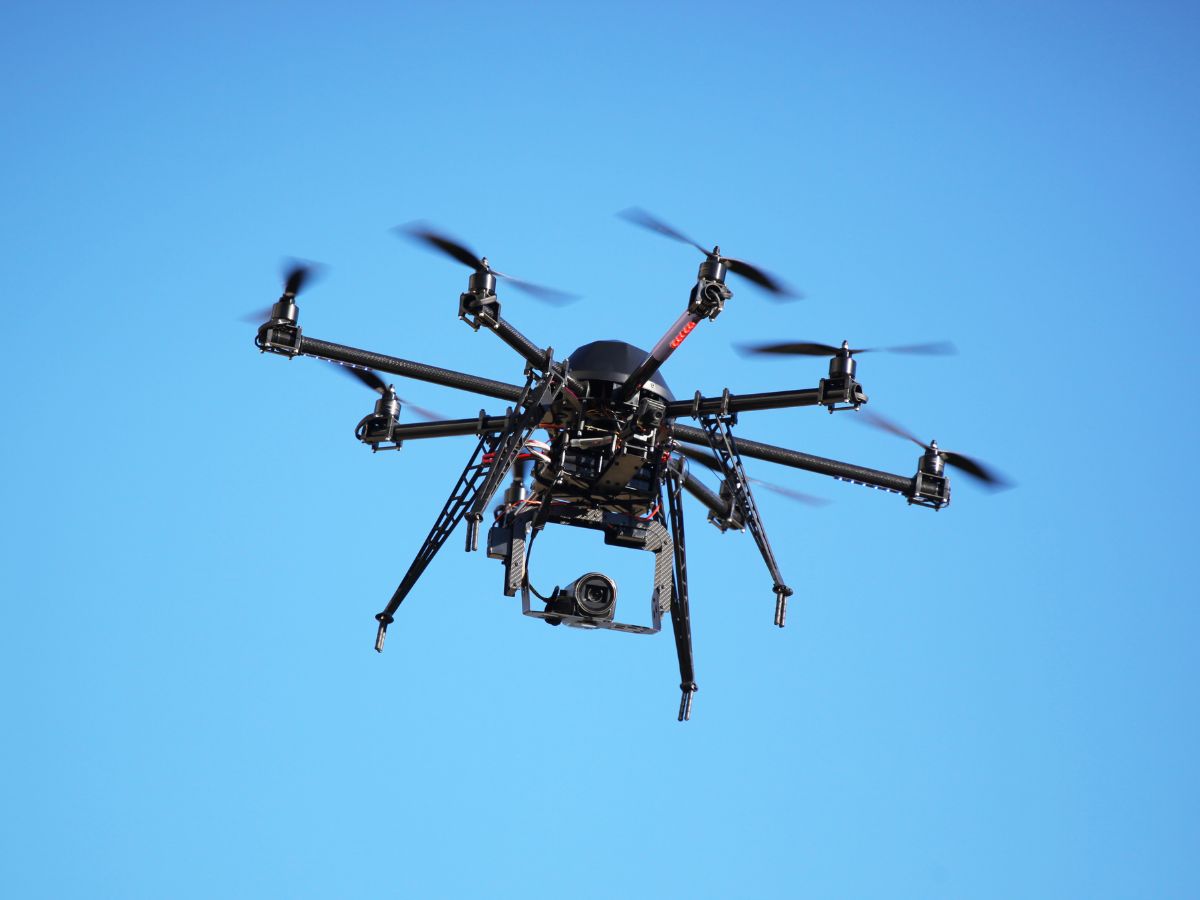The global drone industry has developed at an impressive pace over the past decade. Beyond sensors, software, and flight control systems, the real backbone of drone reliability lies in the way each component is assembled. Among the many steps in production, spot welding plays a crucial yet often overlooked role — especially in the assembly of battery packs, the heart of every drone.
1. The Importance of Spot Welding in Drones
Drones depend on lithium battery packs made up of multiple individual cells. To connect these cells into a complete energy system, manufacturers need to attach nickel or copper strips between terminals. This connection must be both mechanically strong and electrically stable. Spot welding achieves this by generating heat through electrical resistance to bond metals together.
Compared with soldering, spot welding has a key advantage: it minimizes heat exposure to the cell. Because lithium batteries are sensitive to high temperatures, soldering can damage internal materials or cause safety risks. Spot welding, by contrast, uses controlled, localized heating to form reliable joints without harming the cell. For drone production, this means greater safety and longer battery life.
2. How Spot Welding Improves Drone Durability
A drone’s battery must withstand frequent vibrations, high currents, and temperature changes during flight. Weak or inconsistent welds can lead to poor conductivity, power loss, or even short circuits. Highquality spot welding prevents these issues by ensuring:
Consistent electrical flow: Stable connections help maintain power output throughout flight.
Strong joints: Secure welds prevent detachment or looseness caused by vibration or shock.
Low heat impact: Cells are protected from thermal damage during welding.
Extended battery lifespan: Reliable welds reduce internal resistance and slow down aging.
Simply put, solid welding directly contributes to the safety, endurance, and stability of drones—especially for professional or industrial use where battery performance is critical.
3. Manual and Automatic Welding in Production
Different drone manufacturers use different welding setups depending on their production scale.
Manual Spot Welding: Commonly used in R&D or smallscale production, manual machines allow operators to control the process precisely. This is ideal for testing new battery configurations or smallbatch assembly.
Automatic Spot Welding: For largescale production, automatic systems are faster and more consistent. Equipped with programmable parameters and robotic arms, they ensure uniform weld quality across thousands of cells, reducing human error and increasing output.
Styler, a professional supplier of lithium battery welding equipment, provides both manual and automatic options. The company’s machines are designed for precision and efficiency, ensuring strong, clean, and consistent welds suitable for drone battery assembly.
4. Styler’s Professional Battery Pack Spot Welding Machines
With nearly two decades of experience in the lithium battery industry, Styler has earned a reputation for engineering reliable and durable welding systems. Its equipment is widely used in drones, ebikes, power tools, and other batterydriven products.
Styler’s machines are known for their:
Stable welding performance: Ensuring firm joints and excellent conductivity.
Sparkfree technology: Preventing damage to delicate battery cells.
Fast welding speed: Supporting efficient production lines.
Custom design options: Allowing each client to match the machine with their unique battery structure or material.
From compact handheld models for labs to fully automated productionline systems, Styler tailors its machines to different business needs.
5. Custom Solutions for Drone Manufacturers
Because drones vary in size, battery capacity, and design, customization plays a major role in production. Agricultural drones, camera drones, and delivery drones all have unique power requirements. Styler understands these differences and offers customized welding systems that match each project’s needs.
The company’s engineers work closely with manufacturers to analyze battery configurations, recommend suitable welding methods, and finetune machine settings. This ensures the best balance between performance, cost, and production efficiency.
6. Looking Ahead: The Future of Spot Welding in Drones
As drones become more advanced—serving roles in logistics, inspection, mapping, and emergency response—the demand for highperformance batteries will continue to grow. Spot welding technology will remain at the core of battery assembly, evolving toward higher precision, automation, and safety.
Future systems may feature intelligent monitoring and adaptive control to ensure each weld meets strict quality standards. Companies like Styler are investing in these innovations, working toward even more stable and efficient welding solutions.
7. Conclusion
Spot welding is more than a manufacturing step; it’s a foundation of reliability for every drone that takes flight. A strong weld means stable power, fewer failures, and longer service life.
Styler provides professionalgrade battery pack spot welding machines designed for both smallscale and industrial production. Whether you need a manual system for testing or an automated solution for mass production, Styler can provide a customized setup that fits your requirements.
If you are developing or producing drone batteries and looking to improve welding quality and efficiency, you’re welcome to get in touch. With the right welding solution, your drones will not only fly longer but also perform with greater confidence and reliability.
Post time: Oct-29-2025









